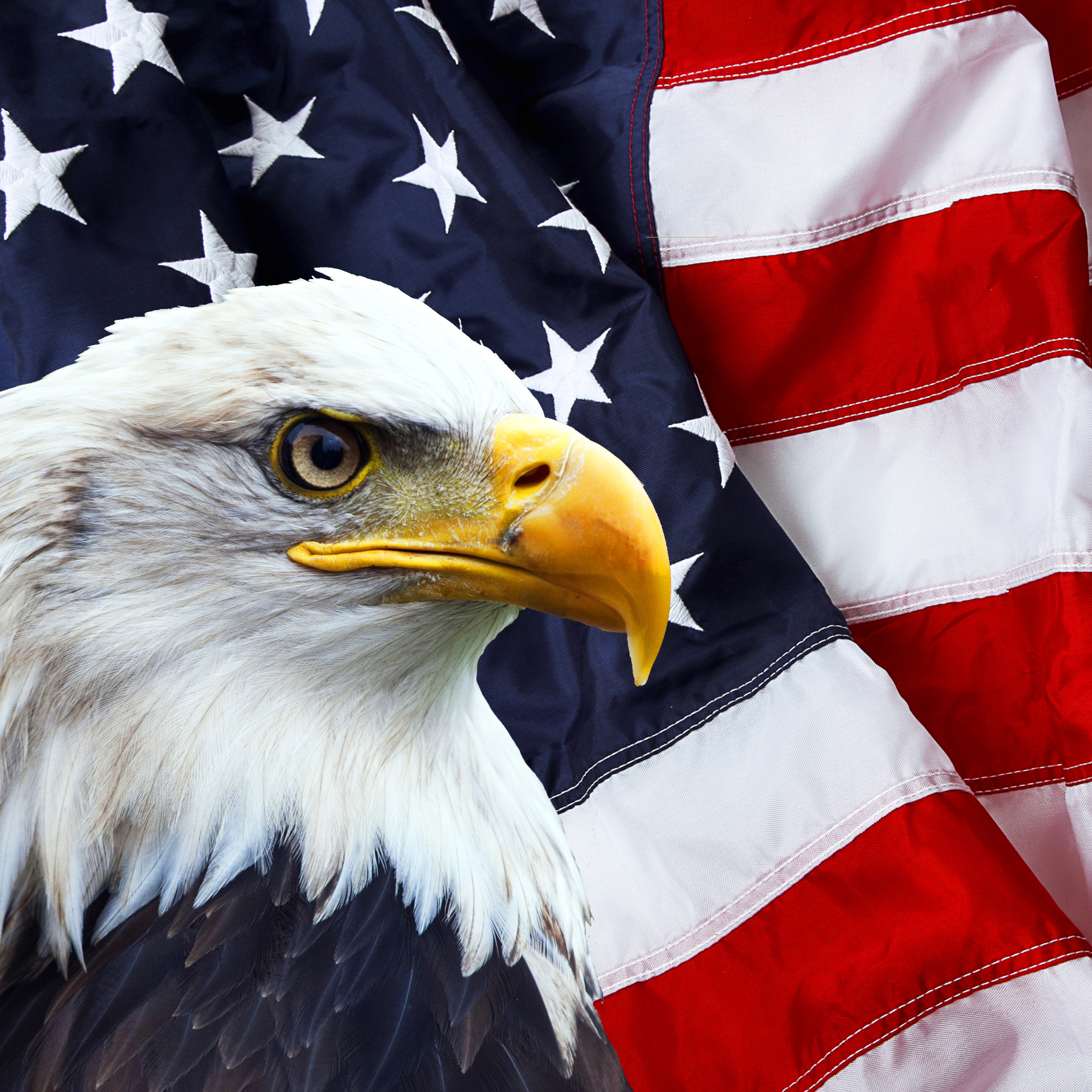
“When in the Course of human events, it becomes necessary for one people to dissolve the political bands which have connected them with another, and to assume among the powers of the earth, the separate and equal station to which the Laws of Nature and of Nature's God entitle them, a decent respect to the opinions of mankind requires that they should declare the causes which impel them to the separation.” - Declaration of Independence
Most American schoolchildren know the basic history of Independence Day. They’ve heard about the Boston Tea Party, the ride of Paul Revere and the Declaration of Independence.
But even many American adults don’t clearly remember or don’t often think about what prompted the colonists’ split from Great Britain.
Let’s review some of the events that led to the birth of the United States of America.

What is Independence Day?
Independence Day, also known as the Fourth of July, marks the day American colonists stated their intentions to form a new government independent from England. On July 4, 1776, the Continental Congress, consisting of 56 representatives from 13 colonies, formally agreed on a written declaration that explained the reasons for their decision.
The History of Independence Day
By the mid-1700s, Europeans had been colonizing the New World for nearly 200 years, claiming land they occupied for their various countries. This displaced thousands of indigenous people and spurred rivalries between nations.
In 1756, Great Britain and France went to war over possession of the Ohio River Valley. Seven years later, England was both victorious and in debt. A Parliamentary law, known as the Stamp Act, taxed the colonists to help foot the bill for their defense.
Colonists considered the tax unfair. As The Gilder Lehrman Institute of American History explains, they claimed that “while Parliament has a right to regulate colonial trade, it does not have the power to tax the colonies since they were unrepresented in Parliament.”
The act was revoked a few months later. However, the crown continued to pass restrictive laws that met stronger and stronger resistance among the colonists. Finally, Britain sent its Army to police the people. In April 1775, shots fired between British troops and colonial militiamen sparked a War for Independence.
What is the Declaration of Independence?
A Continental Congress, first formed in 1774, reconvened a few weeks after war began. The Second Continental Congress officially established an army and named George Washington as its Commander in Chief. After an offer of peace was rejected by the king, the Continental Congress voted to declare independence.
Delegates Thomas Jefferson, John Adams, Benjamin Franklin, Robert Sherman and Robert Livingston were appointed to draft a document to explain the decision.
In some 1300 words, the Declaration of Independence outlines “a history of repeated injuries and usurpations, all having in direct object the establishment of an absolute Tyranny over these States.” As a result of these outrages, the colonists declared themselves “absolved from all allegiance to the British Crown, and that all political connection between them and the State of Great Britain, is and ought to be totally dissolved.”

When is Independence Day?
The Continental Congress voted to separate from England on July 2, 1776. In a letter to his wife, John Adams claimed the date would be “celebrated, by succeeding Generations, as the great anniversary Festival” and that the celebration should include “Pomp and Parade…Bells, Bonfires and Illuminations from one End of this Continent to the other.”
Two days later, on July 4, 1776, the Second Continental Congress approved the final wording of the declaration justifying their bid for freedom. That is why Americans celebrate Independence Day on the Fourth of July.

Why do we Celebrate Independence Day?
Independence Day marks the birth of the United States of America. Our independent nation was conceived by people seeking to break from an oppressive ruler and govern themselves. Those firm principles and the memory of the brave men who expressed them, fought and died for them, continue to inspire our Fourth of July celebrations.
Fourth of July Traditions
Today, the 4th of July is celebrated with pride and enthusiasm. The summer holiday naturally lends itself to barbecues, picnics and get-togethers with friends and family. Many communities commemorate Independence Day with festive fireworks displays, drawing crowds of people every year to watch the brilliant pyrotechnics.
And as always, Independence Day is the perfect time to display the American flag and all things red, white and blue.
You may also like: